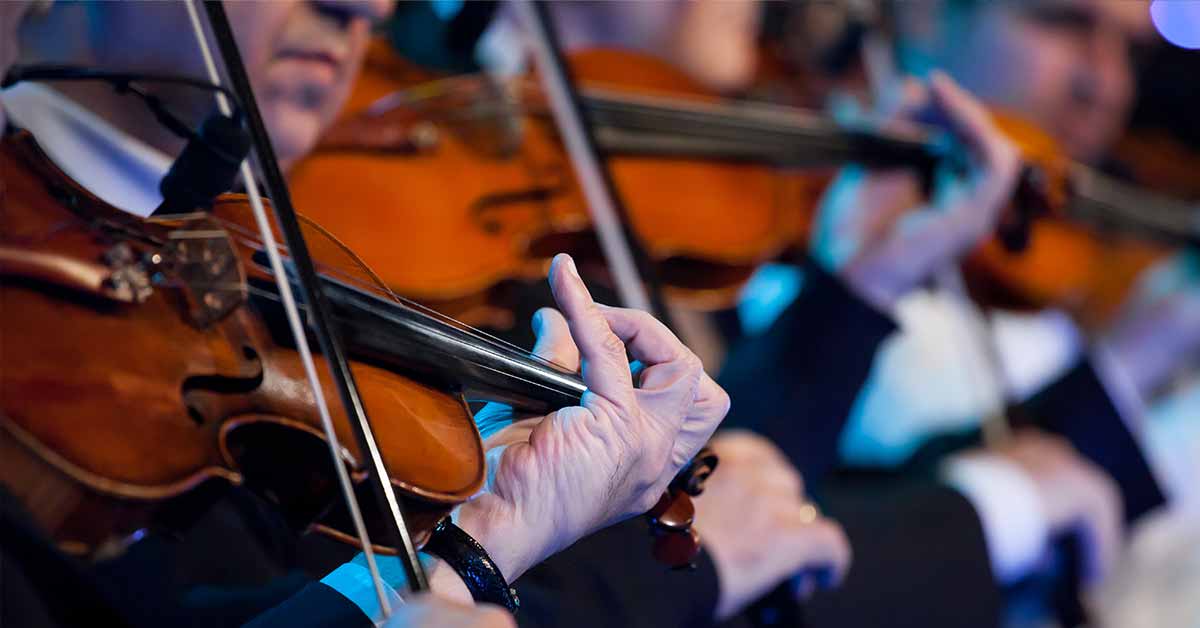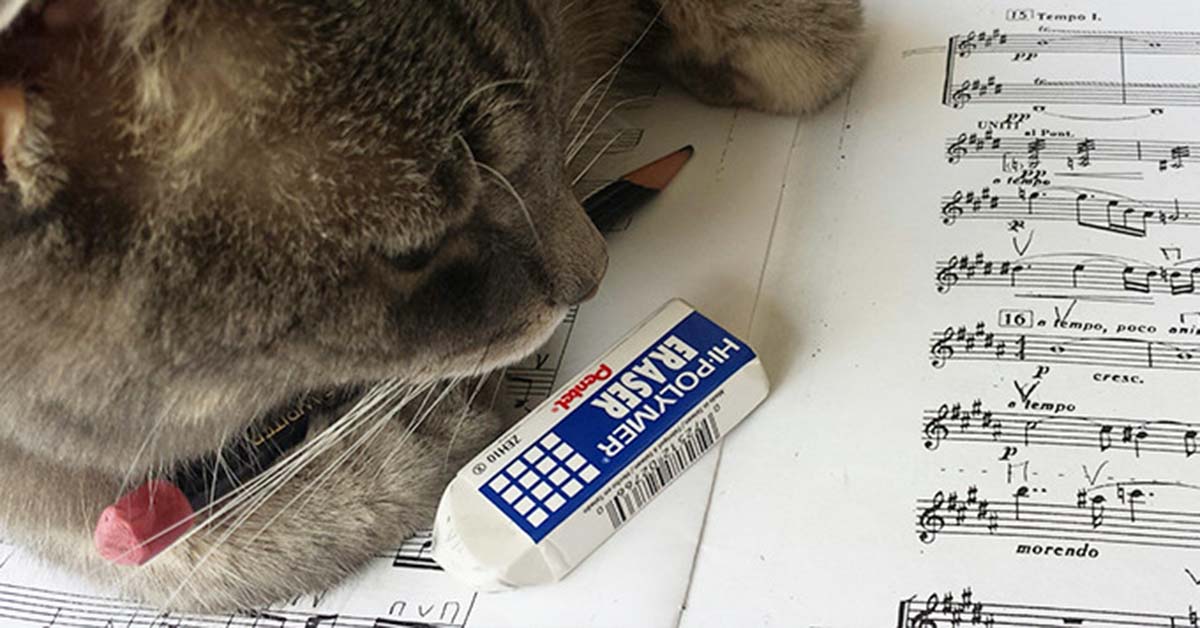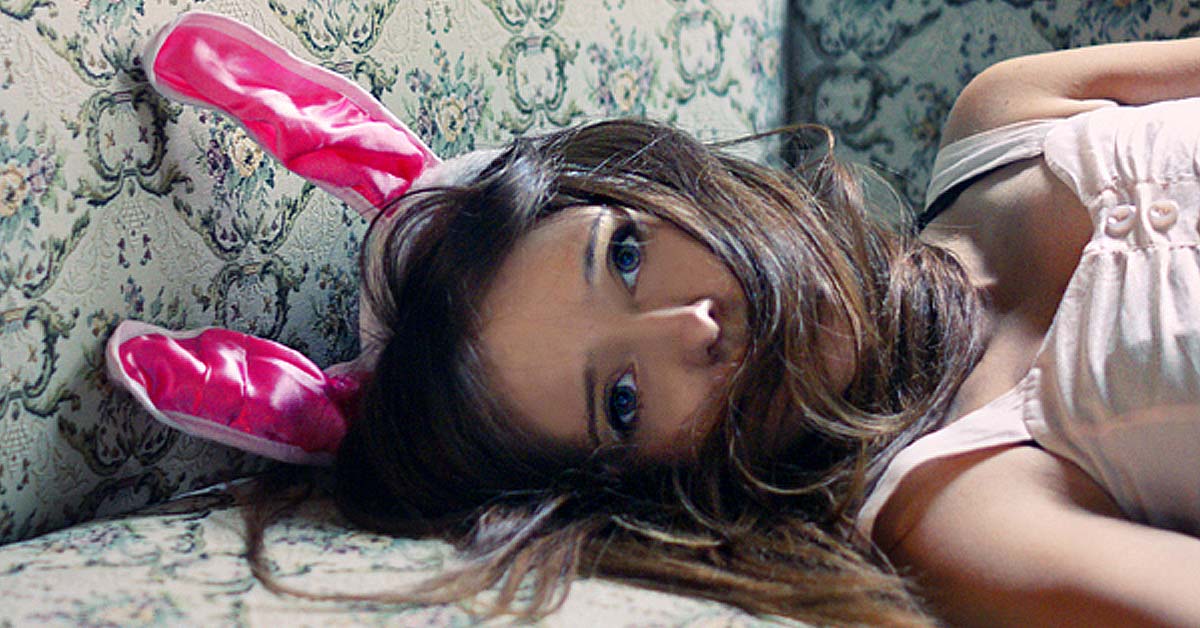The internet is a wonderful place. It’s an open hub for ideas and discussions that would otherwise rarely see much attention. One particular discussion had nothing to do with how classical musicians sound or what they play; rather, the topic focuses on how they look.
I’m glad to say that the conversation isn’t about wearing tuxedos on stage. Although that’s a good discussion to have, it’s a bit long in the tooth. Instead, this discussion centers on the type of image classical musicians project.
Recently, a British based outfit launched a classical music magazine named MUSO, “the music magazine that rewrites the score.” It won’t take you long to realize that the magazine is trying hard to project a young, hip image for classical music. In fact, the website says as much in their welcome message: “Welcome to the online arm of Muso – the magazine for the younger, more open-minded generation of classical music fans.”
Although beauty is always in the eye of the beholder, there are plenty of successful movie starts that don’t fit a media inspired “Barbie & Ken” image; for example, Danny DeVito, Katherine Bates, and the late Walter Matthau come immediately to mind. Even so, each one of those individuals has successfully projected an attractive self image through a variety of media formats that reinforces their proven acting ability.
Given the rather limited variety of onstage attire for most orchestras, the methods of projecting an on and off stage media image for individual ensemble musicians is quite restricted. Fortunately, there are some organizations out there that have jumped into this briar patch of an issue and are walking away unscathed.
For example, visit the musician pages of the Oregon Symphony website and then compare them to musician pages in other ensembles and see what sort of image you come away with. I won’t single out any particular ensemble here against Oregon, but after a little digging on your own, it won’t take you long to understand the point. The Oregon pages took the time to produce polished, professional pictures which project a confident visual image of their musicians.
Whether you care to believe it or not, for a large number of individuals out there, that visual confidence translates into artistic confidence. If I could attend an Oregon concert, I would expect them to deliver an artistic product equal to the level of their media image. At the same time, if they failed to maintain a similar image on stage and/or fell short artistically, I would be doubly disappointed.
I have yet to run across an orchestra populated entirely by musicians that look like Lara St. John and Joshua Bell clones, but I walk away from the Oregon Symphony website pages thinking that all of their musicians possess the same self confident image that MUSO projects. Here’s a comparison:
Oregon Symphony Tubist JáTtik Omar Clark
Picture of MUSO G-Spot artists, Bones Apart
Of course, like most other things in life, too much of any one posture is usually unhealthy. If orchestras became so focused on hiring players that resemble “Barbie & Ken”, it won’t take long for the artistic product to begin falling apart.
In the end, classical music – orchestras in particular – could do themselves a BIG favor by focusing more on the image they project to their audience. Of course, it should never supersede artistic standards, but it’s an aspect of performing that is currently overlooked far too often.
Traditionally, glossy page classical music magazines have a terrible failure rate. They are expensive to produce and with the steadily growing popularity of online based cultural journalism, they tend to be behind the times with regard to current news. Nevertheless, print based journalism still offers a unique format capable of pushing its subject matter forward in a positive way. Hopefully, MUSO will be able to avoid the odds set by many of its predecessors and enjoy a long and fruitful life.










